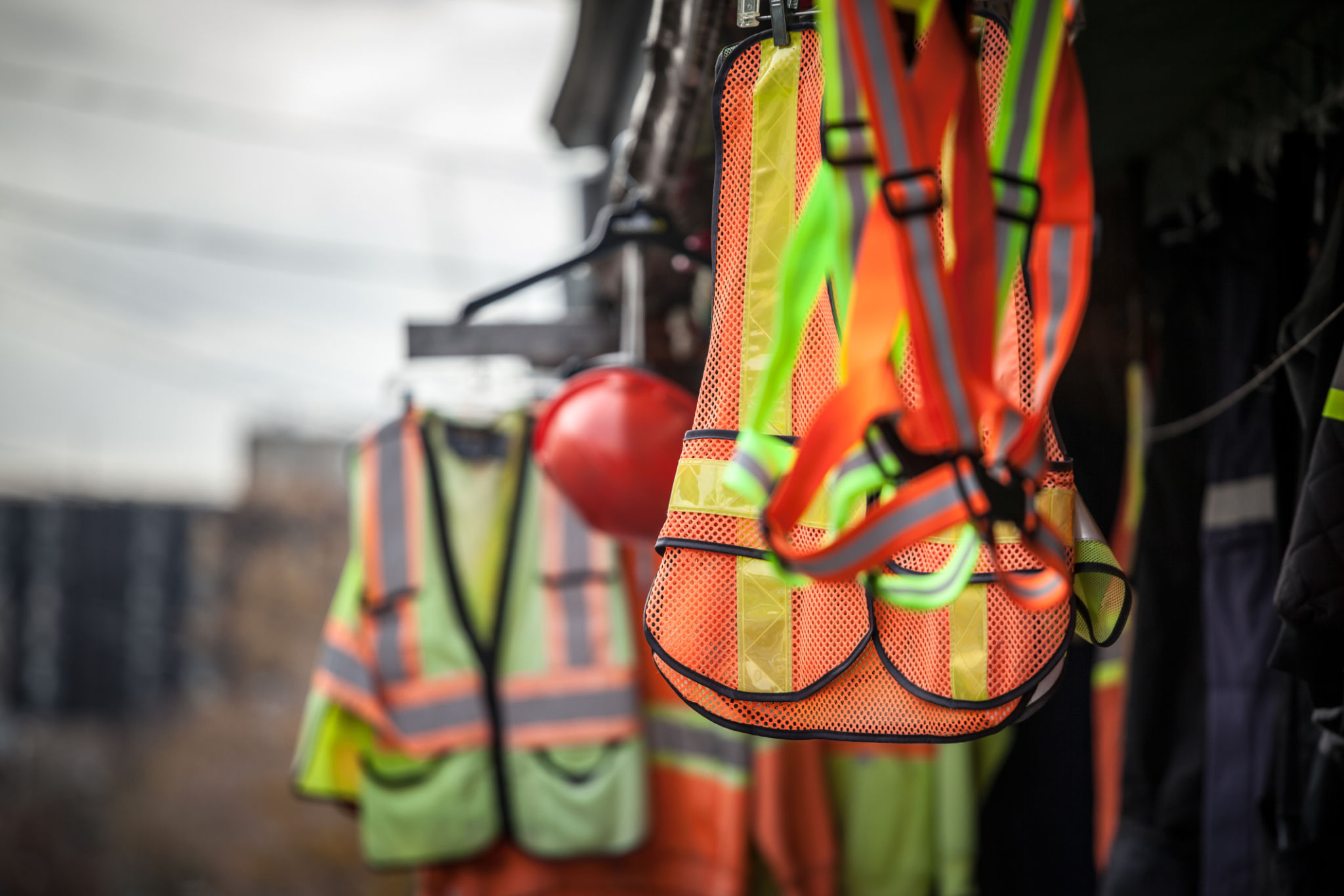The Ultimate Guide to Scaffold Installation in the Adelaide Region
Understanding the Basics of Scaffold Installation
Scaffold installation is a crucial aspect of construction projects, offering a temporary structure that supports workers and materials throughout the building process. In the Adelaide region, where construction projects are on the rise, understanding how to properly install scaffolding is essential for ensuring safety and efficiency. This guide will walk you through the basics and best practices of scaffold installation, tailored specifically for Adelaide's unique conditions.

Planning Your Scaffold Installation
Before diving into the setup process, it's important to plan your scaffold installation meticulously. Begin by assessing the site conditions and identifying potential hazards. Consider factors such as ground stability, weather conditions, and the specific requirements of the construction project. Having a comprehensive plan will minimize risks and ensure a smooth installation process.
Choosing the Right Type of Scaffold
There are various types of scaffolds available, each suited for different applications. The most common types include supported scaffolds, suspended scaffolds, and mobile scaffolds. Selecting the right type depends on the nature of your project. For instance, suspended scaffolds are ideal for high-rise buildings, while mobile scaffolds offer flexibility for smaller projects.

Essential Tools and Equipment
Proper scaffold installation requires the right set of tools and equipment. Essential items include scaffold tubes, couplers, base plates, and platforms. Additionally, safety gear such as helmets, harnesses, and non-slip footwear is crucial for protecting workers during installation. Ensure that all equipment meets Australian safety standards to avoid any compliance issues.
Assembling the Scaffold
The assembly process begins with setting up the base plates on stable ground to distribute weight evenly. Next, vertical scaffold tubes are erected, followed by the horizontal tubes using couplers to secure them in place. It's important to check that all connections are tight to prevent any movement or instability. Platforms are then laid across the horizontal tubes to create working surfaces.

Safety Considerations
Safety is paramount when it comes to scaffold installation. Regular inspections should be conducted to ensure structural integrity throughout the project's duration. Look out for signs of wear or damage in the scaffold components and address them immediately. Additionally, implementing safety protocols such as guardrails and access ladders can prevent accidents and injuries.
Training and Certification
In Adelaide, it's mandatory for workers involved in scaffold installation to undergo proper training and obtain certification. Training programs cover essential topics such as risk assessment, emergency procedures, and safe dismantling methods. Investing in skilled labor not only enhances safety but also improves the overall efficiency of your construction project.

Maintenance and Dismantling
Once your project is completed, dismantling the scaffold requires the same level of attention as installation. Carefully remove platforms, tubes, and couplers in reverse order of assembly. Regular maintenance of scaffold components is also crucial for extending their lifespan and ensuring they are ready for future use.
In summary, scaffold installation in the Adelaide region demands careful planning, appropriate equipment selection, and stringent safety measures. By following these guidelines and understanding local regulations, you can ensure a safe and efficient construction process.
